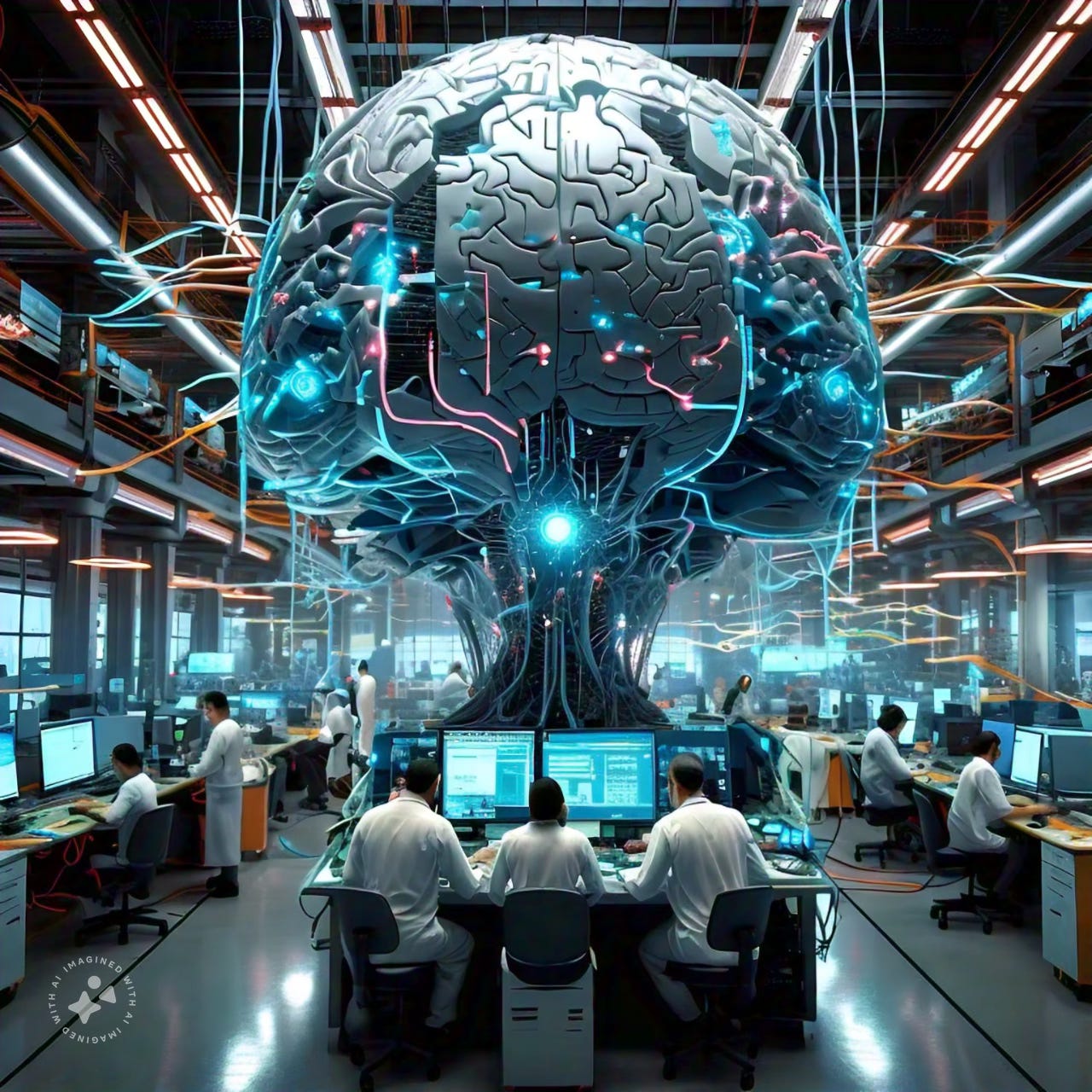The Next Great Leap In AI Is Behind Schedule And Crazy Expensive
OpenAI has run into problem after problem on its new artificial-intelligence project, code-named Orion
OpenAI’s new artificial-intelligence project is behind schedule and running up huge bills. It isn’t clear when—or if—it’ll work. There may not be enough data in the world to make it smart enough.
The project, officially called GPT-5 and code-named Orion, has been in the works for more than 18 months and is intended to be a major advancement in the techno…
Keep reading with a 7-day free trial
Subscribe to Neural News Network to keep reading this post and get 7 days of free access to the full post archives.





